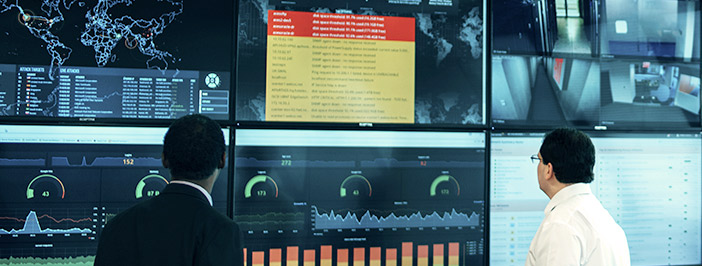On October 3, 1993, nearly 100 United States Army Rangers dropped into Somalia’s capital of Mogadishu. They were commanded by Captain Mike Steele. Their mission? Capture two prized lieutenants of a Somali warlord.
The actual event is known as the Battle of Mogadishu, or alternatively the Day of the Rangers. It was a part of a larger operation known as “Gothic Serpent”. In 2001, it was made into the blockbuster film Black Hawk Down.
 The film recounts the stories of the heroism of Army Rangers as they attempt to reach two downed Black Hawk helicopters. Don’t worry, we don’t spoil the movie for you (but if you haven’t seen it, you really should).
The film recounts the stories of the heroism of Army Rangers as they attempt to reach two downed Black Hawk helicopters. Don’t worry, we don’t spoil the movie for you (but if you haven’t seen it, you really should).
The Black Hawk helicopters are a pivotal part of the movie. These multi-role helicopters are capable of fulfilling many roles, such as providing medevac, VIP transportation, air-to-ground combat, and even aerial firefighting.
They are intended to operate with a crew of four members – two pilots, and two crew chiefs. Each one of these crew members has a specific role that they must fulfill in order to successfully handle the Black Hawk.
Can the helicopter run with less members? Technically yes, but it’s inadvisable because there’s just so much to do. Can it run with more members? Again, the answer is yes. However, having too many operators can quickly turn from efficiency to chaos.
The Sum of Its Parts
Black Hawks are a prime example of having a set number of necessary components (crew members) as necessary parts of the whole (flying the helicopter). In reality, there’s lots of things that follow that same logic.
An equally good example is network security. Just like Black Hawks, there are four important parts of network security that work together to give your business comprehensive threat protection.
Vulnerability Testing
Companies around the world are investing more money into their security across the board. Global spending on cybersecurity products and services are predicted to exceed $1 trillion over the next five years, from 2017 to 2021.
Many companies begin by getting their current security infrastructure tested. To do this, they’ll hire network security experts to break into their systems by exploiting vulnerabilities in their systems. These non-malicious criminals are known as “ethical hackers”, and their service can be invaluable.
Vulnerability tests give companies a good idea of where their security infrastructure is weakest, allowing them to focus their efforts on bolstering these areas.

Vulnerability testing is a critical part of network security. It kickstarts the creation of a network security roadmap that can be use to improve the security infrastructure of the entire company.
Active Monitoring
Vulnerability testing is a proactive response to network security. While the hackers look for possible entries into the organization’s infrastructure, active monitoring protocols constantly scan for active entry attempts.
There are multiple types of remote monitoring as well. Companies often mix-and-match the types that work best for them.
For example, if employee productivity is a concern, network security specialists can install behavioral monitoring software. If companies require adherence to stringent compliance regulations, security experts can implement monitors that detect potential violations.
Active monitoring is a vital part of network security because it provides an ever-watchful eye over active threats. With it, you can see threats coming and prepare accordingly before they have a chance to strike.
Infection Remediation
One of the most important parts of network security is the ability to react to threat intrusions. These incidents – known as infections – must be quarantined and dealt with properly. 75.6% of organizations encountered at least one successful cyberattack within the past 12 months.
The best network security systems have an intelligent system for sorting viruses by their threat level. In other words, it’s important for the system to not waste time on annoying adware if there is the looming presence of something more dangerous like ransomware.
If an infection slips past security safeguards, the infection remediation part of network security must remove it before it can wreak havoc.

Comprehensive Reporting
Every other part of network security deals with the “here and now”. However, security reports take a different approach. With active reporting features, you can set up recurring reports that give you a bird’s-eye view of the entirety of your organization’s security.
In practice, that means getting quarterly executive reports that break down exactly how effective each security effort was in brief, nontechnical terms. Additionally, you can set up comprehensive incident reports.
These reports break down each and every detail of how the infection slipped through, which gives you chance to close the security gaps that they exploited.
Network security reports help your organization stay on top of your infrastructure security by giving you tangible results to review. After all, you can’t truly know if your efforts were effective without straightforward information.

Network Security with Continuity Centers
It’s important to protect your company from all of today’s lurking threats. Using the right network security solution will combine each part into a complete whole that will save your organization from suffering at the hands of malicious attackers.
Want to know more about how our network security service can help you stay safe? Feel free to contact us for more information at any time.

